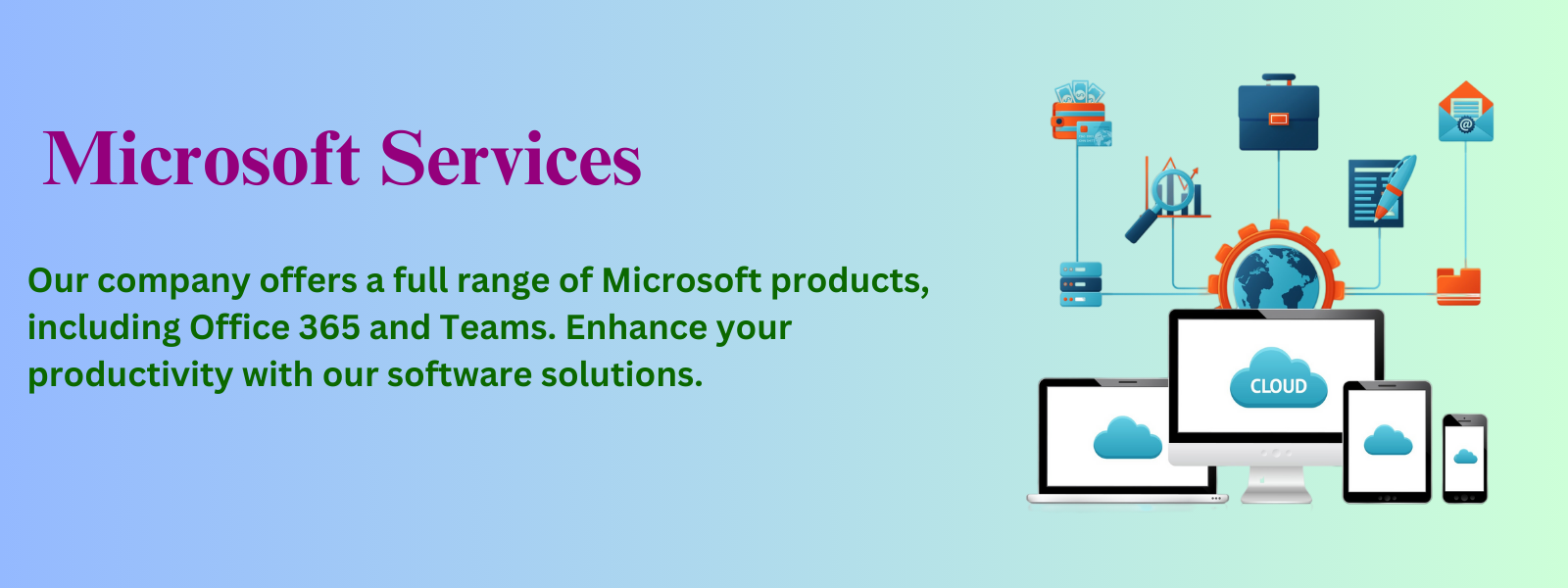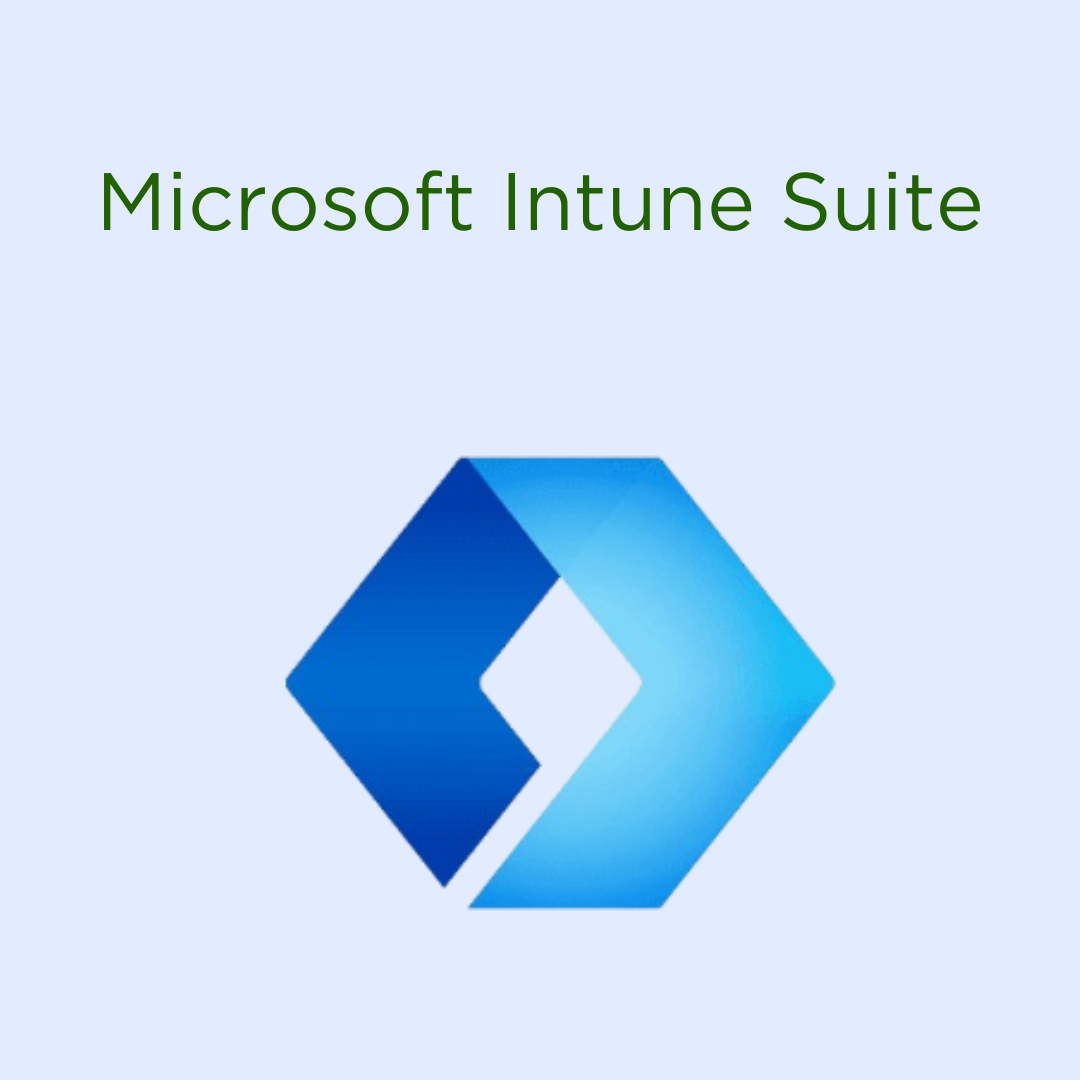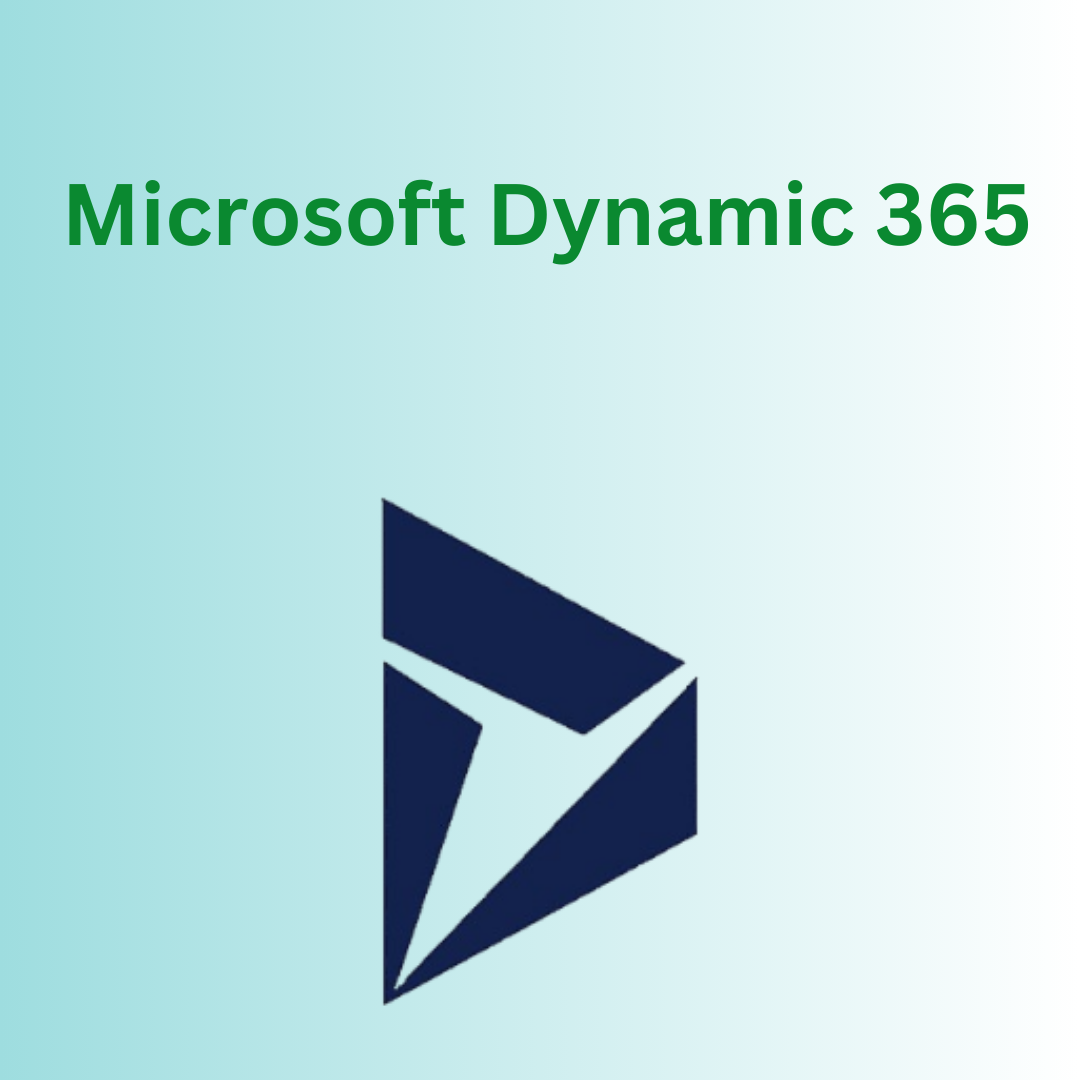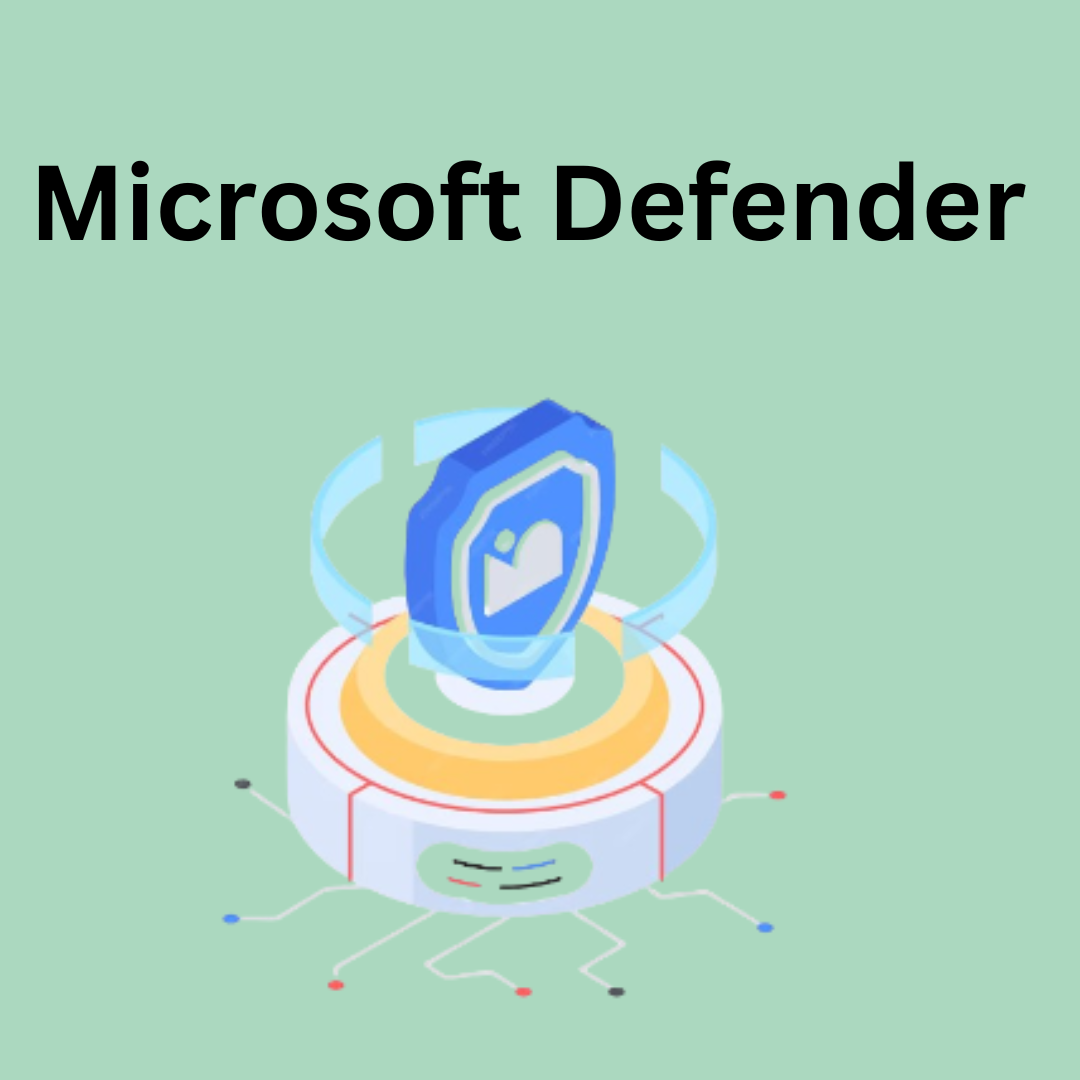

Microsoft Windows
Microsoft Windows is an operating system developed by Microsoft. It features a graphical user interface (GUI) that allows users to interact with their computer using visual elements like windows, icons, and menus. Windows supports multitasking, enabling multiple applications to run simultaneously. It is widely used across personal computers, business environments, and educational institutions. The OS comes with built-in applications and supports a vast range of third-party software. Windows updates regularly to enhance security, performance, and features.
Microsoft Windows is a family of operating systems developed by Microsoft Corporation. It dominates the personal computer market, with various versions tailored for different devices and use cases. Here are some key aspects of Microsoft Windows:
- 1. User Interface:Windows is known for its graphical user interface (GUI), which includes a desktop where users can place icons representing files, folders, and shortcuts.
- Features:Windows offers a wide range of features such as multitasking, virtual desktops, a Start menu for launching applications, a taskbar for managing running applications, and a file explorer for navigating the file system.
- Compatibility:Windows is designed to run on a variety of hardware platforms, from desktops and laptops to tablets and servers. It supports a vast array of software applications, games, and utilities.
- Security:Microsoft has continually improved Windows security features to protect against malware, viruses, and other threats. Windows Defender, built-in since Windows 8, provides antivirus and firewall protection.
- Integration: Windows integrates with other Microsoft products and services, such as Office 365, OneDrive (cloud storage), and Microsoft Edge (web browser).
- Updates and SupportMicrosoft releases regular updates to improve functionality, fix bugs, and enhance security. Windows typically has a support lifecycle where older versions receive updates for a limited time before reaching end-of-support status.
- Customization:Users can customize Windows through themes, backgrounds, colors, and settings to personalize their computing experience.
SQL Server
Microsoft SQL Server is a relational database management system developed by Microsoft. It supports a wide range of data types and provides robust performance, scalability, and security features. SQL Server is used for data storage, retrieval, and management, supporting applications from small, single-machine setups to large, distributed systems. It includes tools for data integration, analysis, and reporting. The platform is widely used in enterprise environments for business intelligence and transactional processing.
Microsoft SQL Server is a robust relational database management system (RDBMS) developed by Microsoft. It's designed to store and retrieve data requested by other software applications—whether those applications are running on the same computer or on another computer across a network (including the internet).
Key Features and Aspects of Microsoft SQL Server:
- Relational Database Management:SQL Server stores data in relational tables with rows and columns, adhering to the principles of relational database management. It supports SQL (Structured Query Language) for querying and managing data.
- Development Tools:SQL Server integrates with development tools such as SQL Server Management Studio (SSMS), Azure Data Studio, and Visual Studio for database development, administration, and debugging.
- Cloud Integration:Besides Azure SQL Database, SQL Server integrates with Microsoft's cloud platform Azure, allowing for hybrid cloud scenarios and enabling easy migration to the cloud.
- Support and Updates: Microsoft provides regular updates and patches to SQL Server to ensure security, stability, and performance improvements. There are also long-term support versions for enterprises requiring stable environments over extended periods.
- Community and Ecosystem:SQL Server has a vast community of users and developers who contribute to its ecosystem through forums, conferences, and online resources.


Exchange Server
Microsoft Exchange Server is a cornerstone of organizational messaging, offering robust email communication and calendaring capabilities. It supports collaboration through shared mailboxes and calendars, enhancing teamwork efficiency. Security features safeguard against email threats and ensure secure communication channels. Mobile access is seamless, integrating with Microsoft’s ecosystem for enhanced productivity on-the-go. Administrators benefit from comprehensive management tools and PowerShell automation, simplifying maintenance tasks. High availability features like database availability groups and clustering minimize downtime risks. Hybrid deployment options with Exchange Online enable phased migration to the cloud while maintaining on-premises services. Compliance and archiving features ensure regulatory adherence and data retention, making Exchange Server a versatile solution for businesses worldwide.
Microsoft Exchange Server is a powerful email and collaboration platform developed by Microsoft. It is primarily used by organizations to manage email communication, calendars, contacts, and tasks. Here are some key aspects and features of Microsoft Exchange Server:
- Email Management:Exchange Server allows users to send, receive, and manage emails efficiently. It supports various protocols such as SMTP, IMAP, and POP3 for email communication.
- Calendar and Scheduling:Users can create and manage calendars, schedule meetings, and share calendars with colleagues. It supports features like resource booking (for rooms and equipment), meeting invitations, and availability checking.
- Tasks and Notes: Users can create tasks and notes within Exchange Server, which can be synchronized across devices and shared with others
- Security: Exchange Server offers robust security features, including encryption (both in transit and at rest), anti-spam filters, malware protection, and data loss prevention (DLP) policies.
- High Availability and Reliability: It supports clustering and replication mechanisms to ensure high availability and reliability of email services. Features like Database Availability Groups (DAGs) provide redundancy and automatic failover.
- Mobile Device Support:Exchange Server supports synchronization with mobile devices (via Exchange ActiveSync) for accessing emails, calendars, and contacts on smartphones and tablets.
- Compliance and Archiving: It offers features for compliance management and email archiving, helping organizations meet regulatory requirements and manage data retention policies.
- Administration and Management: Exchange Server provides tools and interfaces for administrators to manage the server infrastructure, configure settings, monitor performance, and troubleshoot issues.
SharePoint Server
Microsoft SharePoint Server is a robust platform developed by Microsoft for enterprise collaboration, document management, and content organization. It enables organizations to create intranet sites where teams can securely share documents, collaborate on projects in real-time, manage workflows for business processes, and access comprehensive business intelligence reports. SharePoint offers advanced content management features, including metadata and tagging, to organize and categorize content efficiently. It also integrates seamlessly with other Microsoft 365 services like Teams, OneDrive, and Power BI, providing a unified experience. SharePoint provides granular security controls, allowing administrators to manage permissions at various levels. Whether deployed on-premises, in the cloud, or in a hybrid environment, SharePoint enhances organizational productivity by offering a secure, customizable, and integrated platform for effective teamwork and information management.
Microsoft SharePoint Server is a powerful platform developed by Microsoft for collaboration, document management, and content management. It allows organizations to create intranet sites where employees can securely share documents, collaborate on projects, manage workflows, and access business intelligence reports.
- Document Management:SharePoint allows users to store documents in libraries, which can be organized and accessed securely. Versioning and check-in/check-out features help manage document revisions.
- Business Intelligence:SharePoint integrates with Excel Services and Power BI to provide business intelligence capabilities. Users can create interactive reports, dashboards, and scorecards to analyze data.
- Security and Permissions:SharePoint provides granular security controls to manage access to sites, documents, and content. Administrators can define permissions at the site, library, folder, or item level.
- Integration with Microsoft 365: SharePoint is tightly integrated with other Microsoft 365 services such as Teams, OneDrive, Outlook, and Azure Active Directory, providing a unified collaboration and productivity experience.
- Hybrid Deployment: Organizations can deploy SharePoint either on-premises, in the cloud (SharePoint Online), or in a hybrid configuration, depending on their requirements for security, compliance, and scalability.


Microsoft Intune Suite
Microsoft Intune is a cloud-based service in Microsoft's Enterprise Mobility + Security suite, focusing on mobile device management (MDM), mobile application management (MAM), and PC management. It enables organizations to enforce policies, configure settings, and ensure compliance across iOS, Android, Windows, and macOS devices. Intune also manages application distribution, protection policies, and data wipe for corporate apps, while supporting Windows 10 and macOS PCs with features like Windows Autopilot integration. Tight integration with Azure Active Directory allows for conditional access policies, ensuring secure access to corporate resources. Its cloud-based approach provides scalability and flexibility in managing devices and applications across diverse environments, prioritizing productivity alongside stringent security measures.
Microsoft Intune is a cloud-based service that focuses on mobile device management (MDM), mobile application management (MAM), and PC management capabilities. It is part of Microsoft's Enterprise Mobility + Security (EMS) suite, which aims to provide identity-driven security solutions.
Here are some key aspects and capabilities of Microsoft Intune:
Here are some key aspects and capabilities of Microsoft Intune:
- Intune allows organizations to manage the mobile devices (smartphones, tablets) used by their employees. This includes enforcing security policies, configuring device settings, and ensuring compliance with organizational standards.
- t supports multiple platforms including iOS, Android, Windows, and macOS, allowing a unified approach to device management across different operating systems.
1. Mobile Device Management (MDM):
- Intune enables organizations to manage and secure applications that employees use on their devices. It provides features like app distribution, app protection policies, and selective wipe of corporate data from apps.
- This is particularly useful for ensuring that corporate data remains protected even when accessed from employees' personal devices.
Mobile Application Management (MAM):
- Beyond mobile devices, Intune also supports the management of PCs (Windows 10 and macOS). This includes features like enforcing security policies, deploying applications, and managing updates.
- It integrates with Windows 10 features such as Windows Autopilot, which streamlines the setup and deployment of new devices.
PC Management:
- As part of Microsoft's ecosystem, Intune integrates tightly with other Microsoft services such as Office 365 and Azure. This integration allows for seamless management of applications and data across devices and platforms.
Integration with Microsoft 365:
- Intune includes various security features such as encryption enforcement, remote wipe capabilities, and compliance reporting. These features help organizations protect corporate data and maintain regulatory compliance.
Security Features:
- Intune is a cloud-based service, which means it can be accessed and managed from anywhere via the web-based console. This cloud-based approach also allows for scalability and flexibility in managing devices and applications across different locations.
Deployment Flexibility:
Dynamics 365
Microsoft Dynamics 365 is a cloud-based suite of business applications by Microsoft, integrating ERP and CRM functionalities. It offers modules like Sales, Customer Service, Finance, and Operations, among others, which can be used individually or together. Built on Azure, it supports seamless integration with Office 365, Power Platform, and LinkedIn, enhancing productivity and data management. AI capabilities provide insights and predictive analytics, enabling data-driven decisions and personalized customer experiences. With a unified interface, extensive customization options, and scalability, Dynamics 365 caters to businesses of all sizes, ensuring security and compliance through industry-standard protocols and subscription-based pricing.- Dynamics 365 is structured into different modules, each targeting specific business functions such as Sales, Customer Service, Field Service, Finance and Operations (formerly Dynamics AX), Retail, Marketing, and Talent (Human Resources). These modules can be used individually or integrated together based on business needs.
1. Modular Structure:
- As a cloud-based solution, Dynamics 365 offers scalability, flexibility, and accessibility. Users can access the system from anywhere with an internet connection, which supports remote work and global collaboration.
2. Cloud-Based:
- Dynamics 365 integrates seamlessly with other Microsoft products and services such as Office 365, Azure, Power Platform (Power BI, Power Apps, Power Automate), and LinkedIn. This integration enhances productivity and data management across different platforms.
3. Integration with Microsoft Products:
- Dynamics 365 allows extensive customization and extensibility through its Power Platform tools. Organizations can build custom applications, automate workflows, and integrate with third-party applications to meet specific business requirements.
4. Customization and Extensibility:
- Microsoft Dynamics 365 adheres to industry-standard security protocols and compliance certifications, ensuring data protection and regulatory compliance.
5. Security and Compliance:
- Suitable for businesses of various sizes, Dynamics 365 scales according to organizational needs, whether it's a small business or a large enterprise with complex operations.
6. Scalability:


heading95
MicroSoft Defender
Microsoft Defender, formerly known as Windows Defender, is a built-in antivirus and anti-malware component of Microsoft Windows. It provides real-time protection against a variety of threats, including viruses, malware, spyware, and other malicious software. Here are some key aspects of Microsoft Defender:
»» Request Call
Microsoft Defender is a comprehensive security solution designed to protect Windows users from a wide range of threats. Its integration with the Windows operating system, combined with cloud-based threat intelligence and real-time protection features, makes it a robust choice for both individual and enterprise-level security.
Features
1. Real-Time Protection:
- Continuously scans files and processes for threats./li>
- Automatically takes action on detected threats, such as quarantining or removing malware.
2. Cloud-Based Protection:
- Utilizes Microsoft's cloud infrastructure to quickly identify and respond to new threats.
- Shares threat data anonymously to enhance the overall security database.
3. Firewall and Network Protection:
- Manages network settings and monitors network traffic for suspicious activity.
- Provides tools for configuring firewall rules and settings.
3. Device Security:
- Ensures that hardware security features like Secure Boot and TPM (Trusted Platform Module) are properly configured and functional.
Integration and Compatibility
- Seamless Integration with Windows: Being a built-in component, Microsoft Defender is tightly integrated with the Windows operating system, providing a seamless and efficient security solution.
- Cross-Platform Support: Microsoft Defender is available for other platforms, including macOS, iOS, and Android, offering consistent protection across multiple devices.
- Enterprise-Level Solutions: or businesses, Microsoft Defender Advanced Threat Protection (ATP) provides enhanced security features, such as threat analytics, automated investigation, and response capabilities.
User Experience
- User-Friendly Interface: The interface is straightforward and easy to navigate, making it accessible for users with varying levels of technical expertise.
- Minimal Performance Impact: Designed to work efficiently without significantly affecting system performance.
- Automatic Updates: Regular updates ensure that the antivirus definitions are current, protecting against the latest threats.
